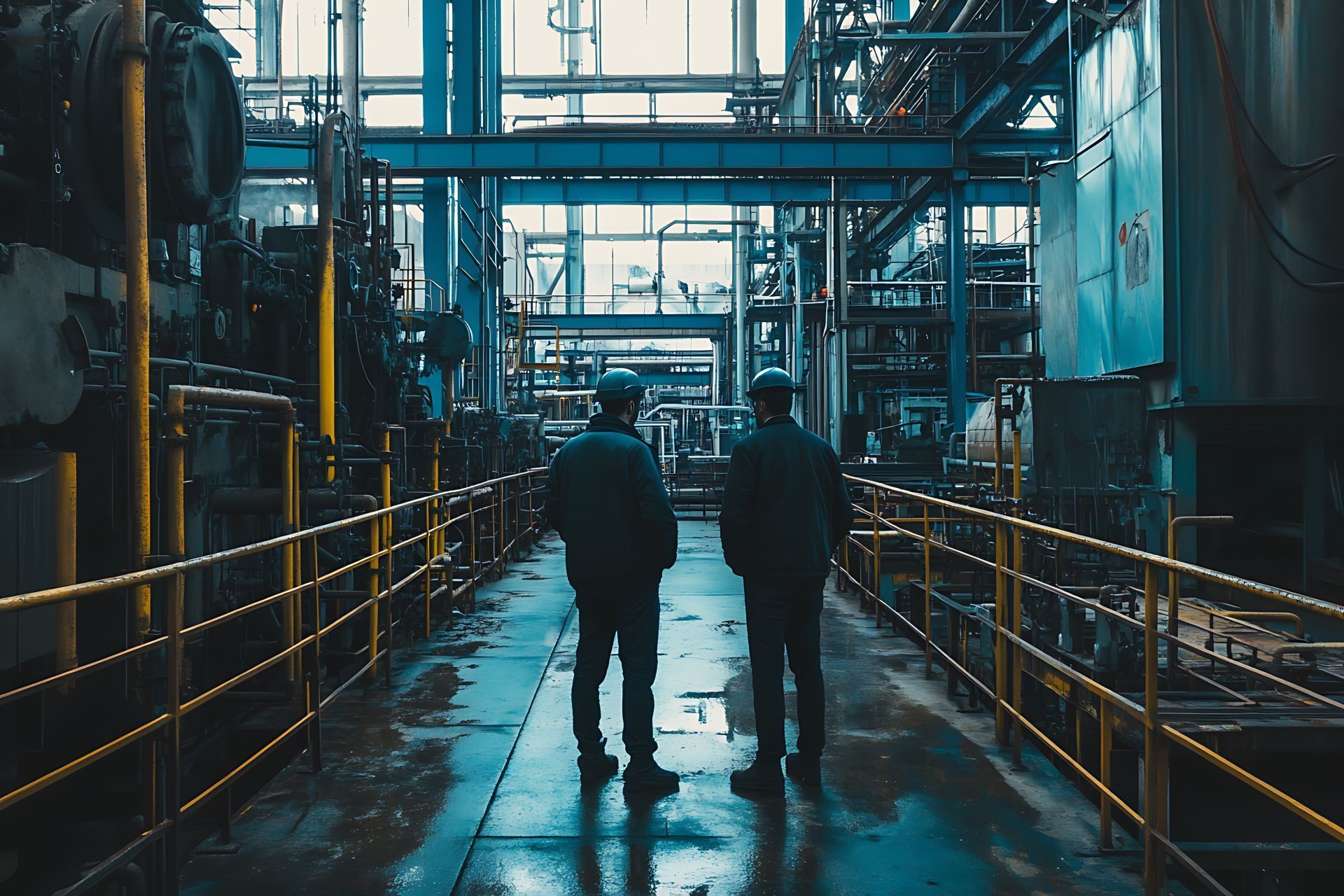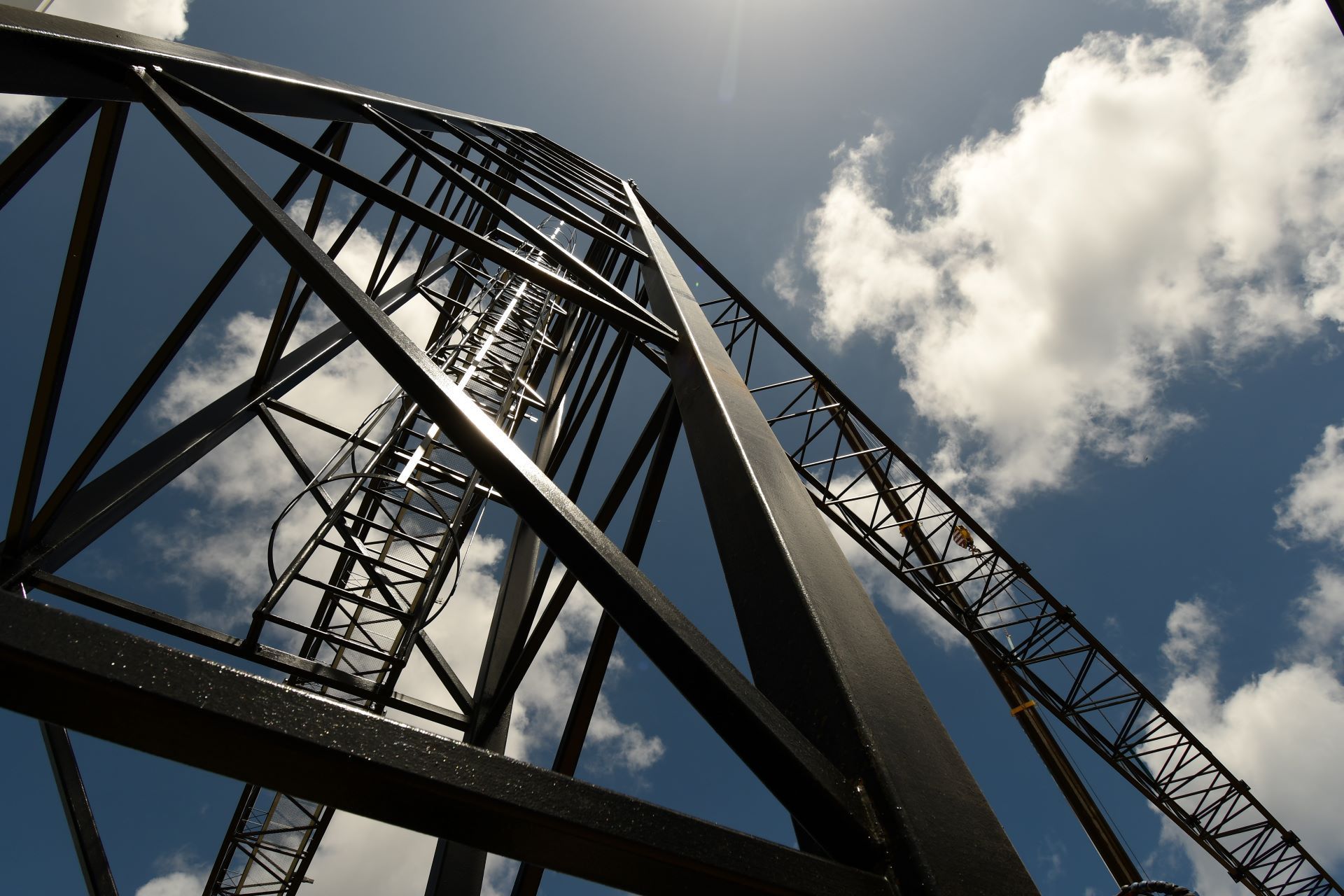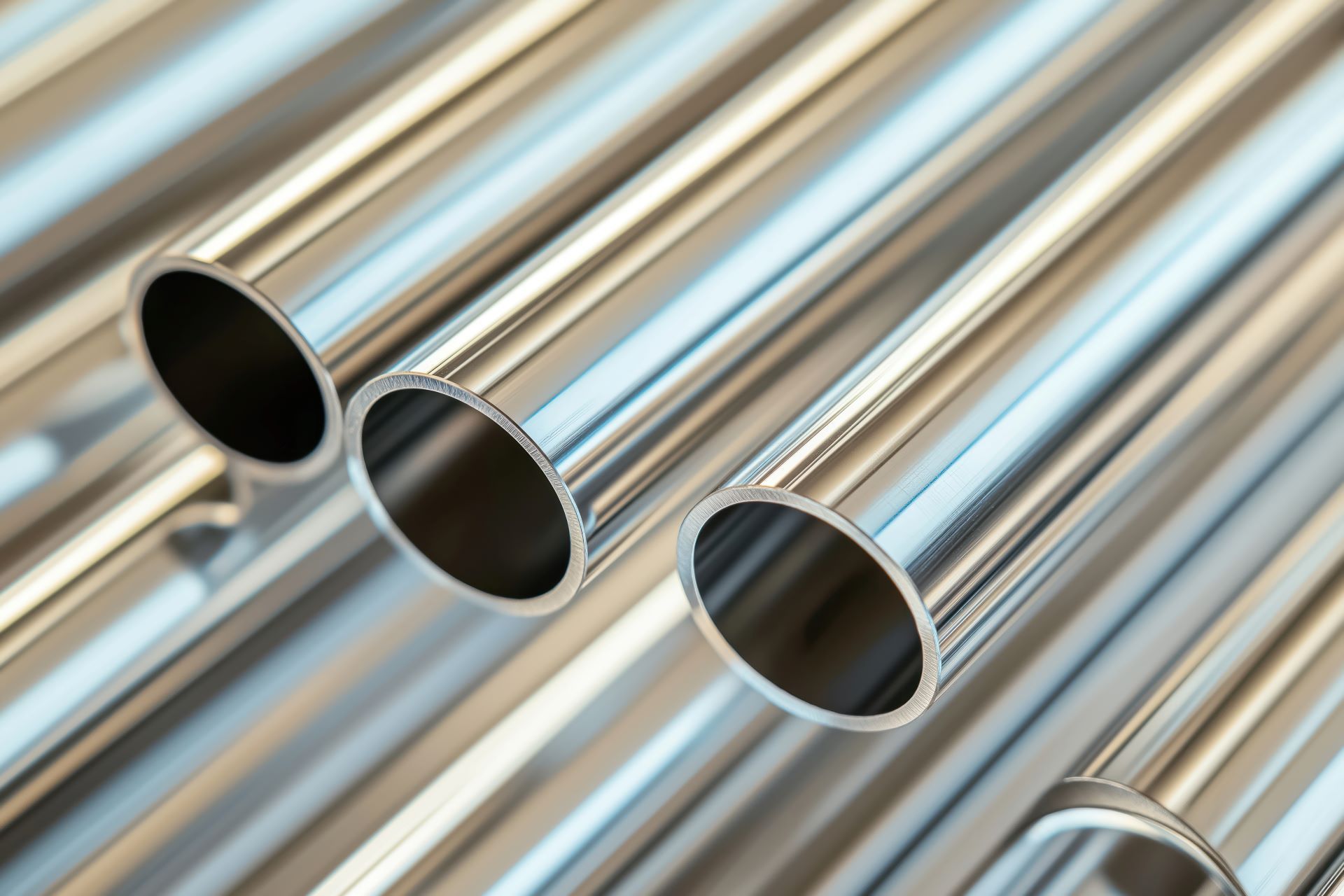Aluminum vs. Stainless for Cryogenic Tank Manufacturing
Cryogenic tank fabrication is one of the most technically demanding sectors in industrial manufacturing. Whether storing liquefied natural gas (LNG), nitrogen, oxygen, or other gases at temperatures well below -150°C, cryogenic tanks must be built to withstand extreme thermal stress, structural pressure, and material fatigue all while preventing contamination or leakage.
Two materials dominate this space: aluminum and stainless steel. Both are widely used for cryogenic applications, but each comes with tradeoffs in strength, temperature performance, weight, cost, and weldability. Choosing the right material isn’t just about performanc, it’s also about fabrication compatibility and long-term reliability.
At Action Stainless, we support OEMs and tank fabricators with mill-certified aluminum and stainless steel for cryogenic-grade fabrication, backed by in-house cutting, grinding, and value-added services that reduce lead time and improve quality control. This post explores how aluminum and stainless steel compare in cryogenic tank manufacturing and how to decide which one fits your project.
Understanding Cryogenic Tank Design Needs
Cryogenic tanks face unique operational challenges not found in traditional vessels. Material selection must take into account:
- Thermal contraction and expansion
- Brittleness at extremely low temperatures
- Corrosion in humid or chemical-laden environments
- Sanitary or contamination-sensitive contents (LNG, medical oxygen, etc.)
- Weldability and formability for complex geometries
Both aluminum and stainless steel offer answers to these challenges, but not always in the same way.
Aluminum for Cryogenic Tanks
Aluminum is a lightweight, thermally stable material that is commonly used for inner shells or insulated liners in cryogenic systems particularly for LNG or aerospace applications.
Why Fabricators Choose Aluminum
- Exceptional Low-Temperature Toughness: Certain aluminum grades retain ductility and toughness well below -200°C. Alloys like 5083 and 5456 are popular for cryogenic vessels due to their consistent performance and reduced brittleness.
- Weight Savings: Aluminum’s low density (about one-third that of stainless steel) makes it ideal where weight matters such as portable cryogenic tanks or transport systems.
- Thermal Conductivity: Higher conductivity can aid in controlled temperature stabilization across the tank structure.
- Good Weldability: Properly prepared aluminum grades weld well using TIG or MIG processes, minimizing stress concentrations.
However,
aluminum does have downsides
in certain scenarios. It's more prone to corrosion from chlorides and requires careful surface treatment when used in humid or marine environments. It also lacks the inherent strength of some stainless grades, which can limit wall thickness options in larger storage tanks.
Stainless Steel for Cryogenic Tanks
Stainless steel particularly grades like 304L, 316L, and 321 is widely used in both inner and outer shells of cryogenic tanks due to its strength, corrosion resistance, and stable performance at sub-zero temperatures.
Why Fabricators Choose Stainless Steel
- Superior Strength and Durability: Austenitic stainless steels can endure extreme pressure fluctuations and long-term material fatigue without cracking or deforming.
- Excellent Corrosion Resistance: Particularly in chemical exposure, marine conditions, or systems with CO₂ and sulfur, stainless steel provides long-term protection against corrosion.
- Thermal Shock Resistance: Stainless grades like 304L maintain structural stability through rapid heating and cooling cycles, making them ideal for tanks that undergo frequent loading/unloading.
- Sanitary Surface Properties: For medical-grade gases, food-grade LN₂, or biotech applications, stainless surfaces are easier to sanitize and offer lower contamination risk.
A key tradeoff is weight. Stainless steel is significantly heavier than aluminum and may require more structural support, particularly in mobile or transport-based cryogenic systems. It also tends to be more expensive per pound and requires precision fabrication processes to avoid thermal distortion.
Table: Aluminum vs. Stainless for Cryogenic Tank Manufacturing
| Property | Aluminum (5083/5456) | Stainless Steel (304L/316L) |
|---|---|---|
| Cryogenic Toughness | Excellent | Excellent |
| Density (Weight) | ~2.7 g/cm³ | ~7.9 g/cm³ |
| Corrosion Resistance | Moderate (with treatment) | Excellent |
| Weldability | Very Good | Very Good (low carbon preferred) |
| Sanitary Use | Moderate | Excellent |
| Cost per lb | Lower | Higher |
| Strength | Lower | Higher |
| Thermal Conductivity | High | Moderate |
Use Cases by Material
When Aluminum Is Preferred
- LNG transport trailers and containers where weight is a top priority
- Aerospace cryogenic systems needing lightweight insulation layers
- Portable cryogenic dewars or flasks used in labs or medical facilities
Aluminum is often used as a
liner inside a dual-wall tank, with stainless or carbon steel providing outer support.
When Stainless Steel Is the Better Fit
- Stationary LNG storage tanks requiring high pressure ratings
- Cryogenic tanks in chemical plants with corrosive atmospheres
- Medical gas storage demanding hygienic surfaces and purity
- Biotech and food processing involving sanitary-grade cryogenics
- Nuclear or SMR cooling systems, where stainless is often mandated
Key Considerations for Material Selection
When choosing between aluminum and stainless for cryogenic use, fabricators must evaluate:
- Tank size and volume - Larger tanks may require the structural strength of stainless.
- Weight limits - Mobile applications often dictate aluminum usage.
- Regulatory standards - Certain sectors (nuclear, medical) require certified stainless materials.
- Fabrication equipment - Weld prep, cutting, and grinding differ for each material.
- Operating conditions
- Cyclical thermal loading or corrosive gases may tilt the balance toward stainless.
Why Action Stainless Is a Reliable Partner in Cryogenic Fabrication
Action Stainless supports cryogenic tank builders with certified stainless steel grades, aluminum sheet and plate, and in-house services that align with modern fabrication demands:
- Saw cutting, shearing, grinding, and polishing services for dimension-ready parts
- Stock in 304L, 316L, and other cryogenic-grade stainless with mill certs
- Fast turnaround with regional fulfillment and logistical support
- Precision bar saw and plate processing for heavy-duty tank components
- Industry-aligned support for LNG, medical gas, food processing, and energy
Everything we do from inventory selection to processing is designed to help you meet stringent tolerances, reduce waste, and streamline fabrication.
The Final Word: Choose Based on Performance and Process
Both aluminum and stainless steel have a place in cryogenic tank manufacturing. The right material depends on your application’s strength, cleanliness, weight, and durability demands.
If your tank will face corrosive atmospheres, require high-pressure retention, or serve sanitary gas systems, stainless steel is your best bet. If portability, cost, and thermal stability are top priorities, aluminum could be the better fit as long as corrosion and strength requirements are managed.
Either way, partnering with a supplier that understands cryogenic-grade materials and offers
cutting, grinding, and inventory control in-house
makes the difference in cost, compliance, and quality.






